#SANFRANCISCO – The first #NASA-funded small satellite for exoplanet science is continuing to gather data well beyond its expected lifetime.
The Colorado Ultraviolet Transit Experiment, known as CUTE, a six-unit cubesat equipped with a telescope to funnel data to a spectrograph, traveled to sun-synchronous low-Earth orbit in September 2021 as a secondary payload on the NASA- U.S. Geological Survey Landsat 9 Earth-observation mission.
CUTE was designed to operate in space for at least eight months. Twenty-seven months later, the satellite’s onboard instruments still are observing the dramatic atmospheric loss of “hot jupiters,” gas giants orbiting very close to bright stars
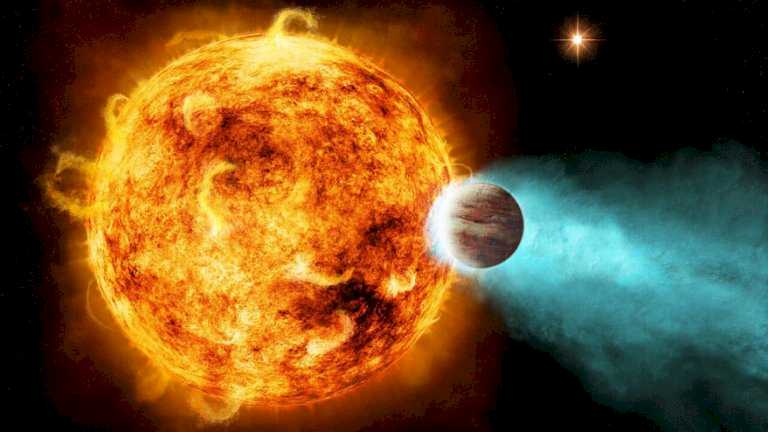

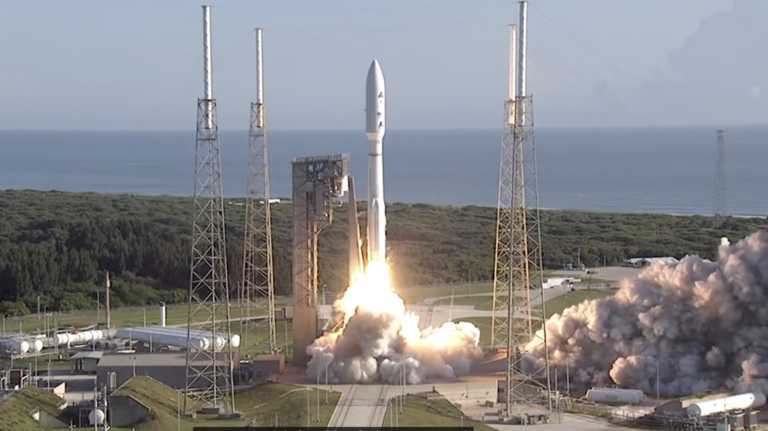



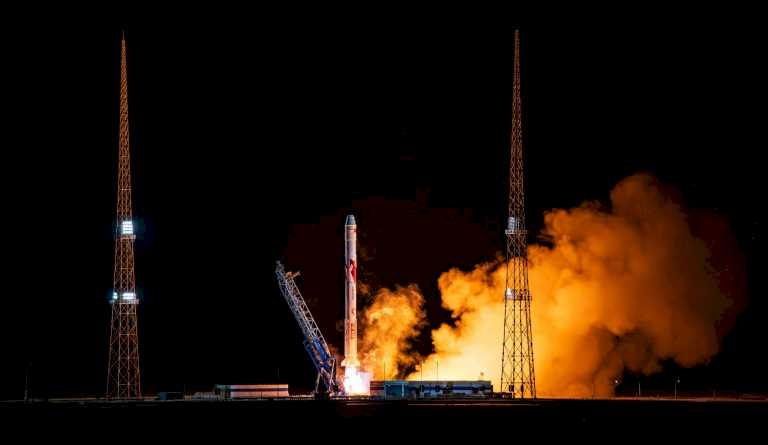


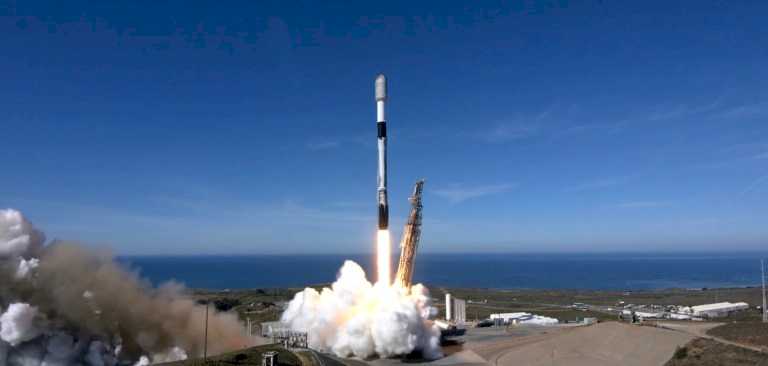
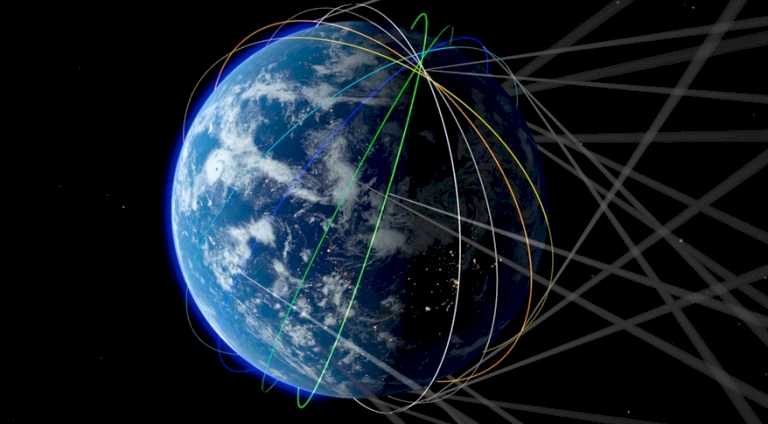

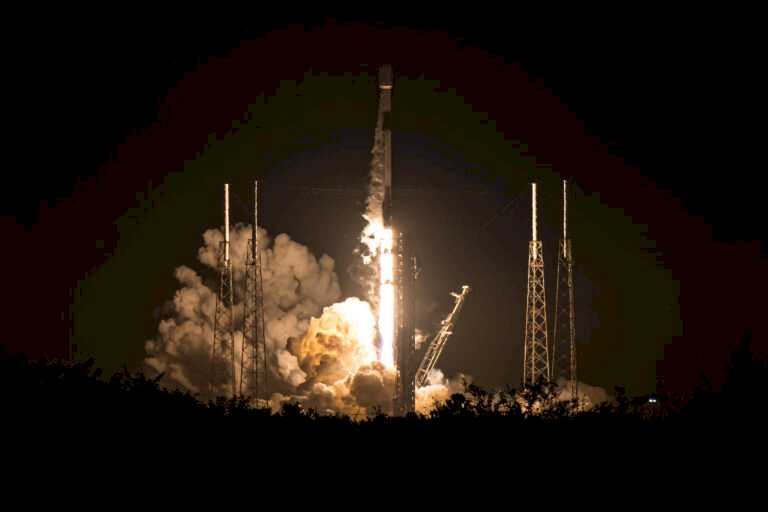




Space news on Umojja.com